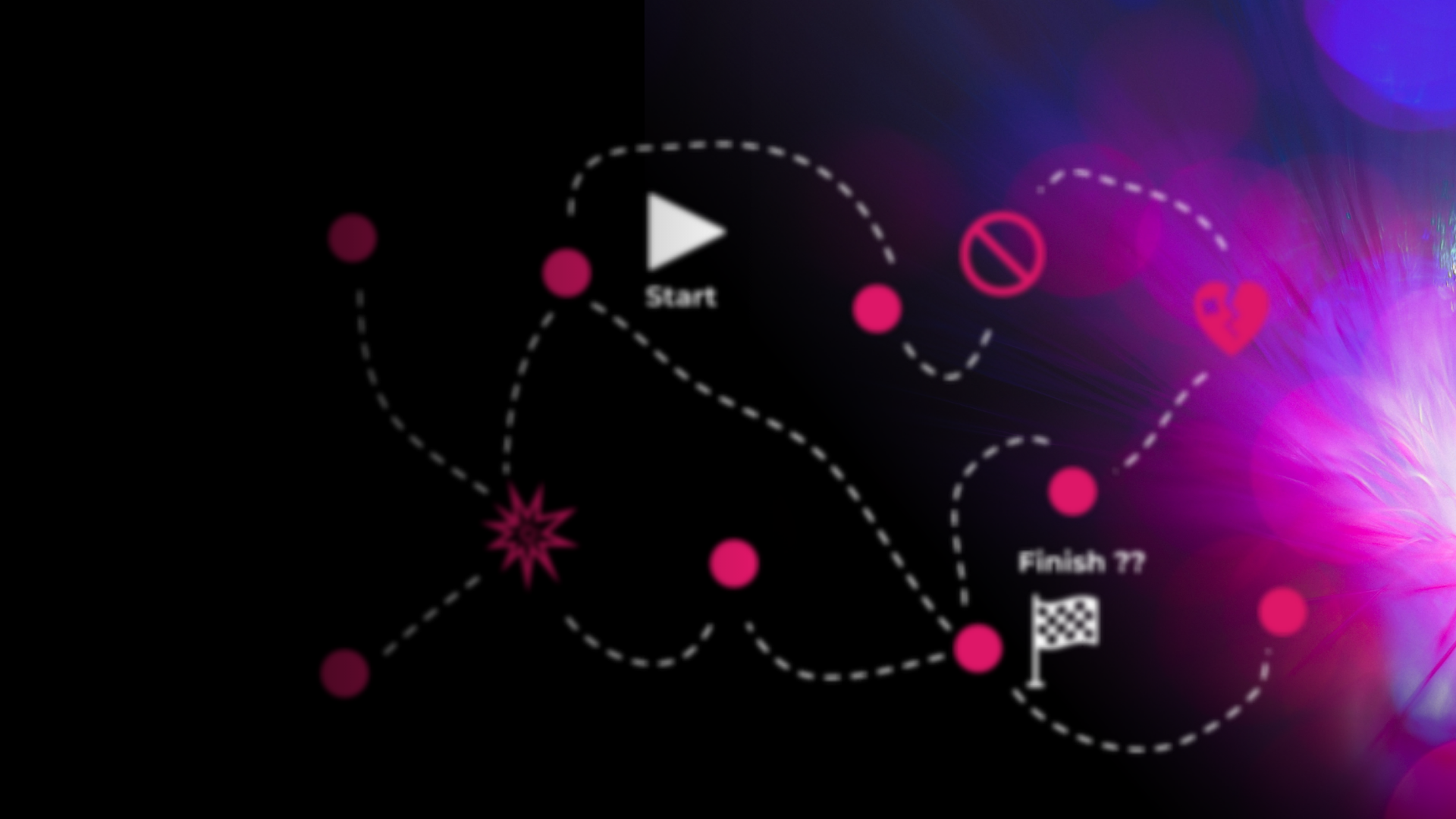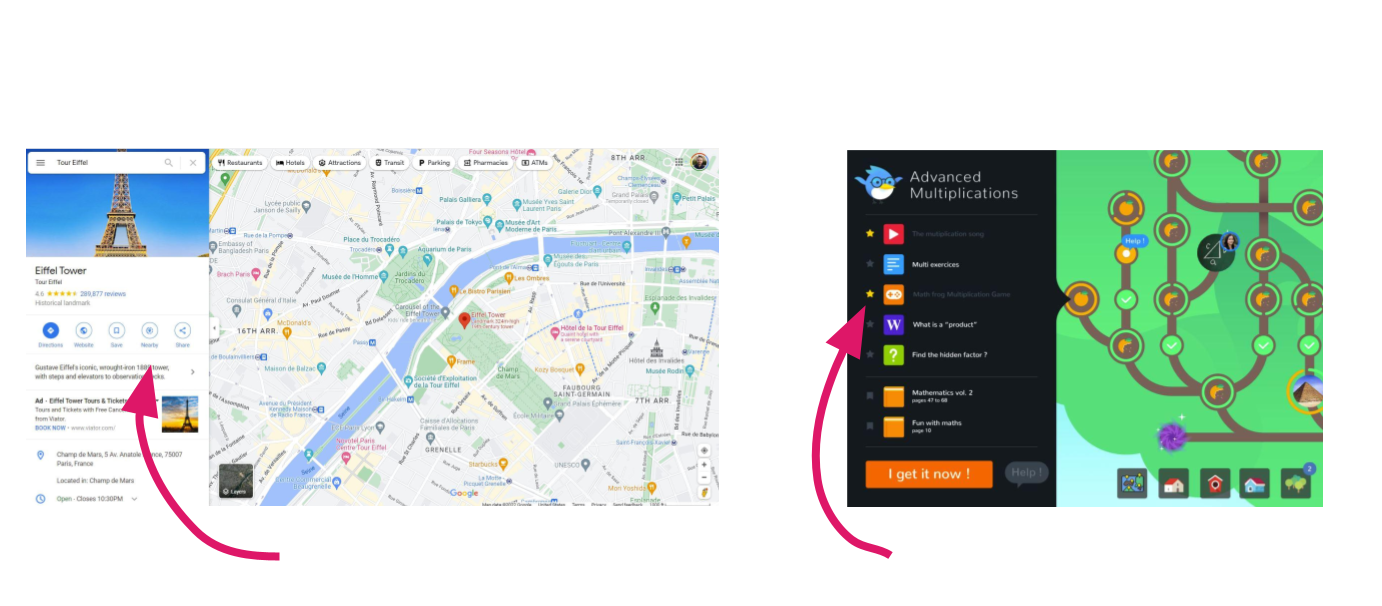It's humbling to be confronted with a truth that is so self-evident and yet so far from what we know to be true. But what we KNOW and what is TRUE may not always agree.
A few years back, I worked with a group of world-renowned music schools, in the US and Japan. What was interesting about these schools was that they used professional musicians as their instructors. Musicians who for their main gig play in front of hundreds of thousands of fans, tour the world, and make great music, but who in their off tour months, have honed their teaching skills over the years to also become world-renowned music instructors. I sat down with a few to conduct interviews, but it was not the type of interviews they expected, and most were shocked with what they said when I presented it back to them.
The context
I’ve been working on an audacious project to build a “Google Maps” for learning. And the building blocks we used to build it are the same blocks I’ll use to tell this story. These blocks are easiest to describe when using an analogy. It’s not a perfect analogy, no analogy ever is, but it’s good enough. So Let’s use Google Maps as the analogy.
The learning Map is capable of doing the same thing Google Maps can do. While Google Maps can get you from any point to any other point and make recommendations for the best roads to use to get there, The Learning Map could do the same, and instead of addresses and roads to follow you would be going through concepts and learning paths to get to your learning destination.
And so there are three main building blocks to understand
Google maps has addresses
The Learning Map has concepts
Google maps generates routes for you to get to any address.
The Learning map generates pathways to get you from your current understanding to any concept you wish to learn.
Google maps has Meta Data about the address,
The Learning Map has resources and content about the concept.
The Learning Map was designed to solve key challenges with traditional education. And in order for it to work, we needed to map out concepts to be learned (addresses) and all the possible paths you can take to learn them (roads).
The Interview
I wanted to check the assumptions I had regarding the generation of paths for the Learning Map. So I scheduled interviews with instructors of these schools who were themselves also famous musicians. Their assumption was that I was interviewing them to create a story about their lives, but I was actually doing something far more interesting, I was deeply listening to the story of what and how they learned, and to the chronological order of their learning journey.
I asked them to describe their musical career, I let them know I wanted to create a timeline of their story, to start at the very beginning, and then to take me step by step through to their successes of today. Then I sat back and started to take notes:
Their first experience with music may have been with their mom who played the guitar, a lead singer they had a crush on, or a drum kit they got as a 5-year-old. They learned some key lessons and their journey kicked off. Over time, they may have learned to sing in Church, or worked in a recording studio. Some went to school, where they were introduced to new ideas from their peers, started a band, or trained underneath a mentor. Many went in completely different directions, they first become a chef, worked on a boat, or started bartending, each experience taught them skills they would later apply to their music. As they shared their experiences, I took notes, not about the events, the characters, or places, but only on the things they learned and when. I was mapping out their learning journeys, step by step, from their first experiences to their current work. I made an effort to cut through the superficial, and get to the heart of the lessons learned, this required the musician to deeply introspect, and was a fascinating experience on its own.
Several weeks later, after they had forgotten about the interviews and I had time to map each story out, I presented it back to them. But not as a story of their lives, instead, as a course, I wanted to run by them and get their professional opinion on. “What do you think of this course” “Do you think this is a good structure for a course?” I asked. They did not know this course was modeled after their own stories, they did not have any reason to tie this course back to the interviews conducted some months back and their responses were resounding: “This is a terribly designed course!” “How could you even think of wasting my time with this”, “Don't you know that you need to understand X before you learn Y”...
The lesson
Perhaps we place far too much importance on formal institutions and their “professionally” designed learning paths, and not nearly enough on what really matters. The serendipitous experiences, the random people we meet, and the many "wrong" turns we take that turn out to be our greatest teaching moments.
There are many that may disagree, and I know the many arguments they will seek to use to justify the current model of “expertly designed” education. We need a solid, structured foundation, and curriculum designers, the institutions, and the professionals in place are the best to set those foundations... But I call BS on that, and I think YOU may actually make the best argument. Do a little thought experiment. List out all the things that got you to where you are today, and be honest with yourself. What are the things you learned, who did you learn them from, and what was the order in which you learned them? Think critically about the times you went to schools or a professional training institution. How much did you really learn from them, and how much of the learning was actually done indirectly through peers or mentors around you, through random YouTube videos, books, overheard conversations, or copying others? Think of all the happy accidents that brought you into contact with random experiences and the serendipity that played a significant part in the development of your learning journey. Think deeply, think critically, string those experiences together into a linear path and present them to yourself and ask the question:
How the hell did you actually get to where you are?






